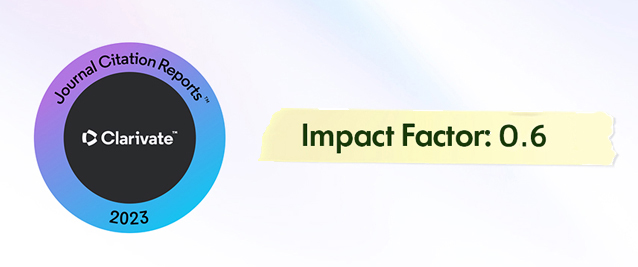2Department of Psychology, Faculty of Economics and Administrative Sciences, Hasan Kalyoncu University, Gaziantep, 27 27410, Türkiye
3Department of Psychology, Faculty of Economics and Administrative Sciences, Altınbaş University, 34218, Türkiye 4Department of Psychiatry, Ankara City Hospital, 06800, Türkiye
4Department of Psychiatry, Ankara City Hospital, 06800, Türkiye
5Department of Psychiatry, Sağlık Bilimleri University, Gülhane Medical Application and Research Center, 06010, Türkiye
6Clinic of Psychiatry, Bayındır Hospital, Ankara, 06530, Türkiye
Abstract
Electroencephalogram (EEG): It is used to diagnose, monitor, and manage neurophysiolog-ical disorders related to epilepsy and sleep disorders. The definition of sleep and wakeful-ness in polysomnography is also made with the EEG technique. The relationship between depression and sleep disturbances has been examined in many epidemiological and clinical studies. Clinical observations and studies suggest that the changes in sleep structure in de-pression are sensitive, even specific. This study aims to research the structural differences in sleep EEGs of healthy subjects and subjects with depressive disorder between their non-rap-id eye movement (NREM), non-rapid eye movement (N2), and rapid eye movement (REM) stages by using the Itakura Distance Measure. In comparison between the N2 and REM epochs of the healthy subjects, the distance is short. In the comparison between N2 and REM epochs of depressed subjects with each other and healthy subjects, the distance has been found to be large. The study indicates that the sleep EEG of the patients differs in the N2 stage as much as it does in REM.
















